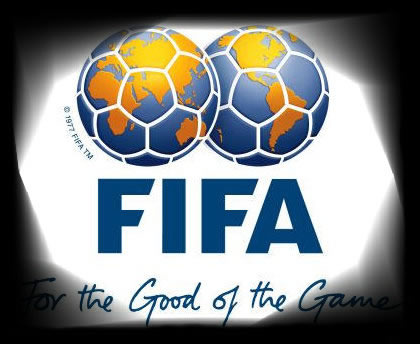

Fencing is all about speed and predicting you opponent's moves. While fencing the players assume a special pose known as angard. When the match begins, the players advance towards one another because they start at a considerable distance. Shortly after that the opponents collide.
There are three types of fencind, determined by the weapond the duelists use:
- Foil — a light thrusting weapon; the valid target is restricted to the torso, the chest, shoulders, and back; double touches are not allowed. This weapon follows the rule of "right of way"
- Épée — a heavy thrusting weapon; the valid target area covers the entire body; double touches are allowed. There is no "right of way"
- Sabre — a light cutting and thrusting weapon; the valid target area is the saddle line, which is from one side of the fencer's hip to the other, and up, this also includes the head. The target area does not include the hands. This weapon follows "right of way" The saber is also used for training because of its light weight.
Than fencing was practiced with a broader sword and a small shield. Then fencing weapons elvloved nearer to the kinds seen nowadays - all noble families were instructed how to duel and dueling was a popular way to defend your honour. After World War II duleing dissapeared almost completely and the new weapons and rules described above began being used for sport and fencing (also called modern fencing) was created.




No comments:
Post a Comment